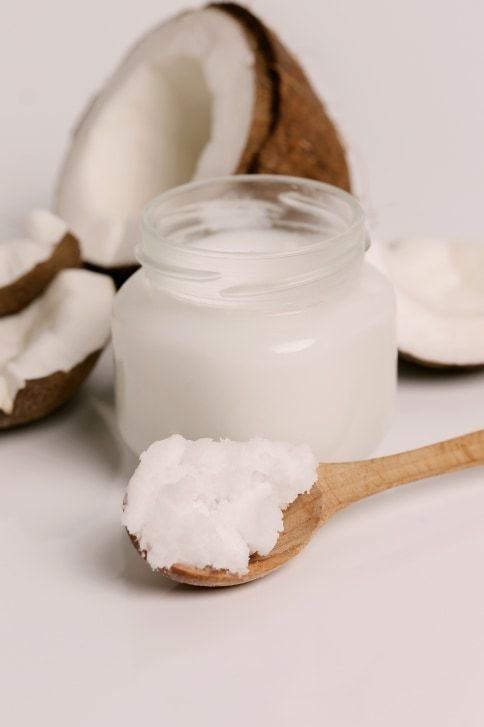The quest for a brighter, healthier smile has led to a surge in natural oral care alternatives. Among these, a compelling combination has emerged: whitening and remineralizing coconut oil toothpaste. This innovative approach blends the ancient practice of oil pulling with modern dental science, offering a potentially gentler, more holistic way to care for your teeth.
INGREDIENTS
- 1/2 cup organic extra-virgin coconut oil
- 1 tbsp Himalayan pink salt
- 2 tbsp calcium carbonate
- 1/2 cup baking soda
- 1/2 tsp organic liquid stevia
- 1 tbsp organic peppermint flavor

INSTRUCTIONS
- Using a mortar and pestle or spice grinder, grind the Himalayan pink salt into a fine powder. This step is essential to prevent gum irritation or discomfort.
- In a bowl, combine the finely ground salt with the remaining ingredients, mixing until the texture becomes light and fluffy.
- Transfer the toothpaste to an 8-ounce jar with a secure lid for storage. Alternatively, use reusable food-grade tubes or pouches for easy travel and convenience.





